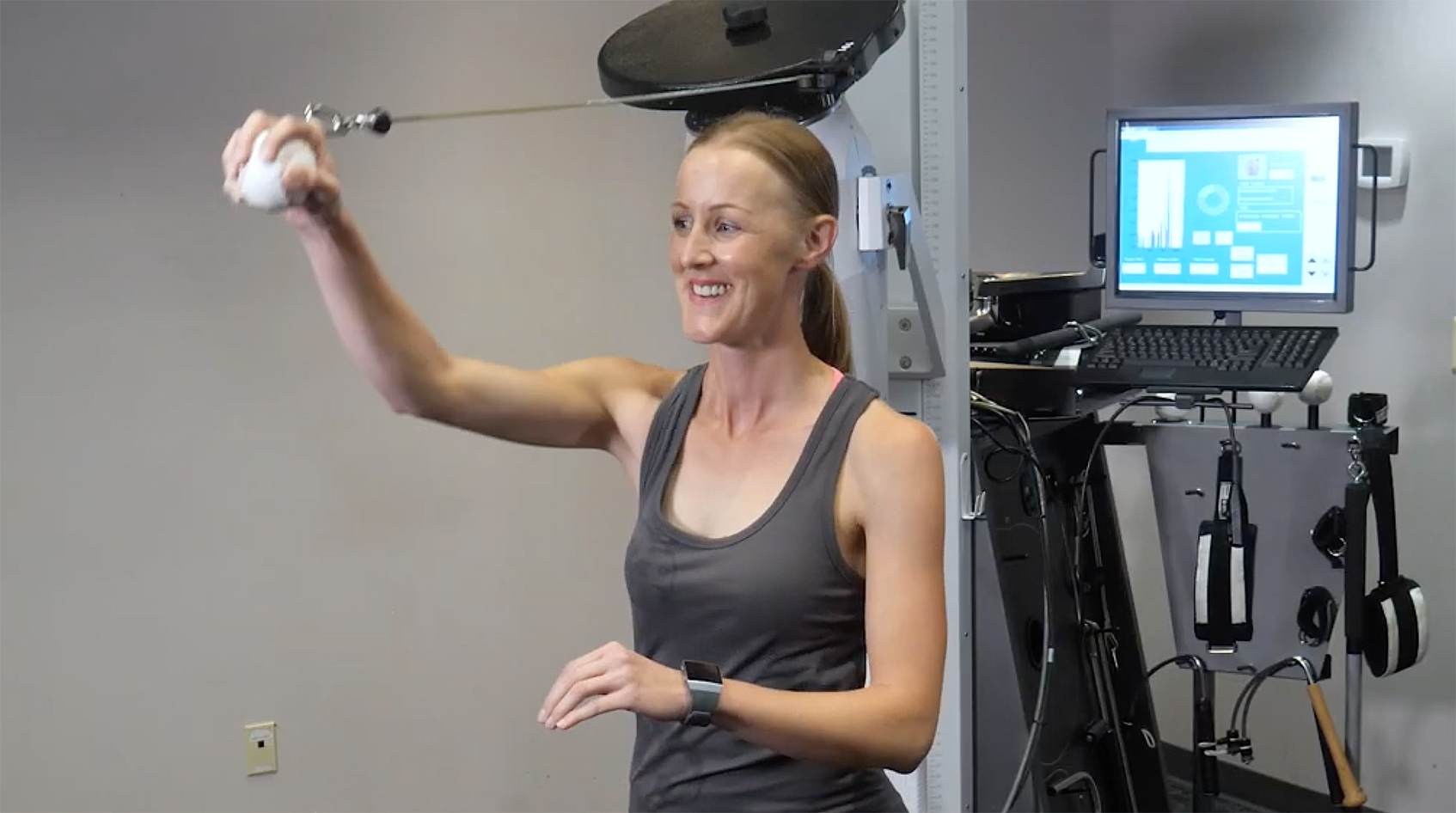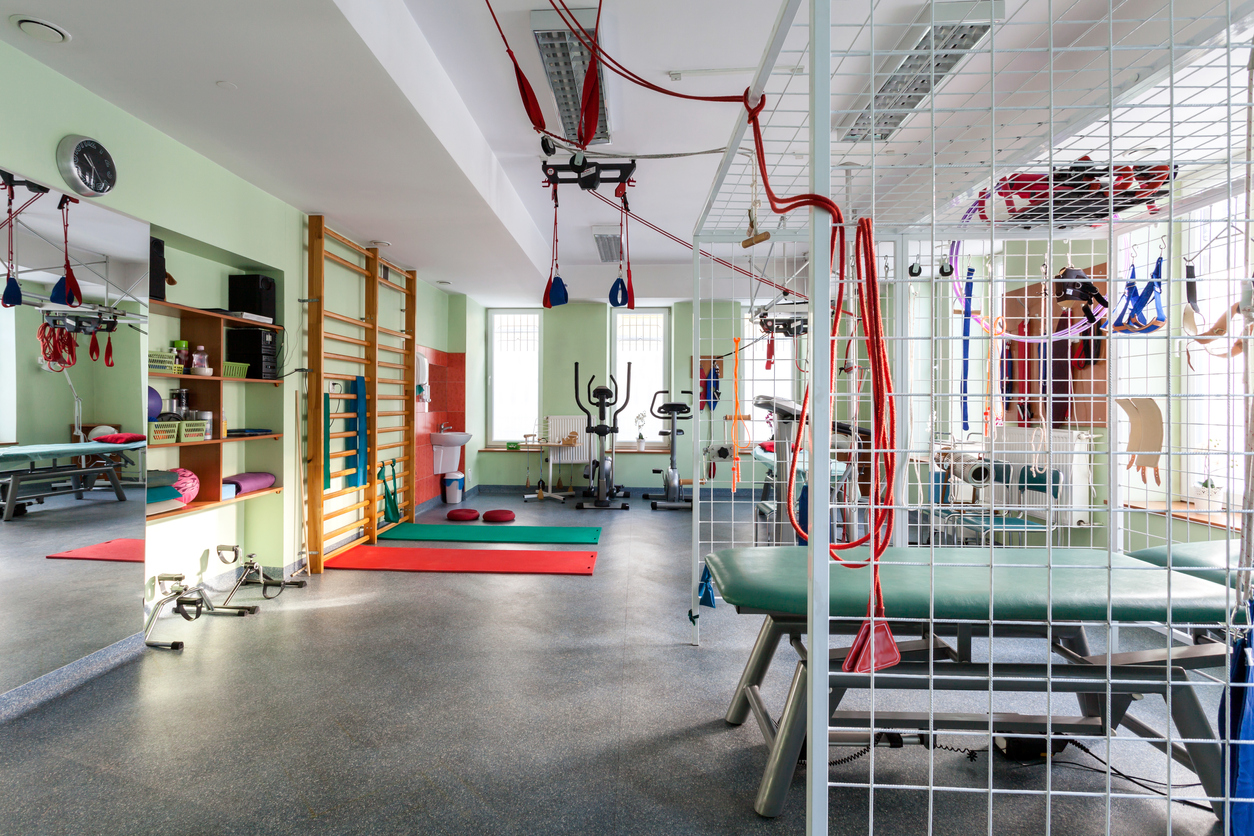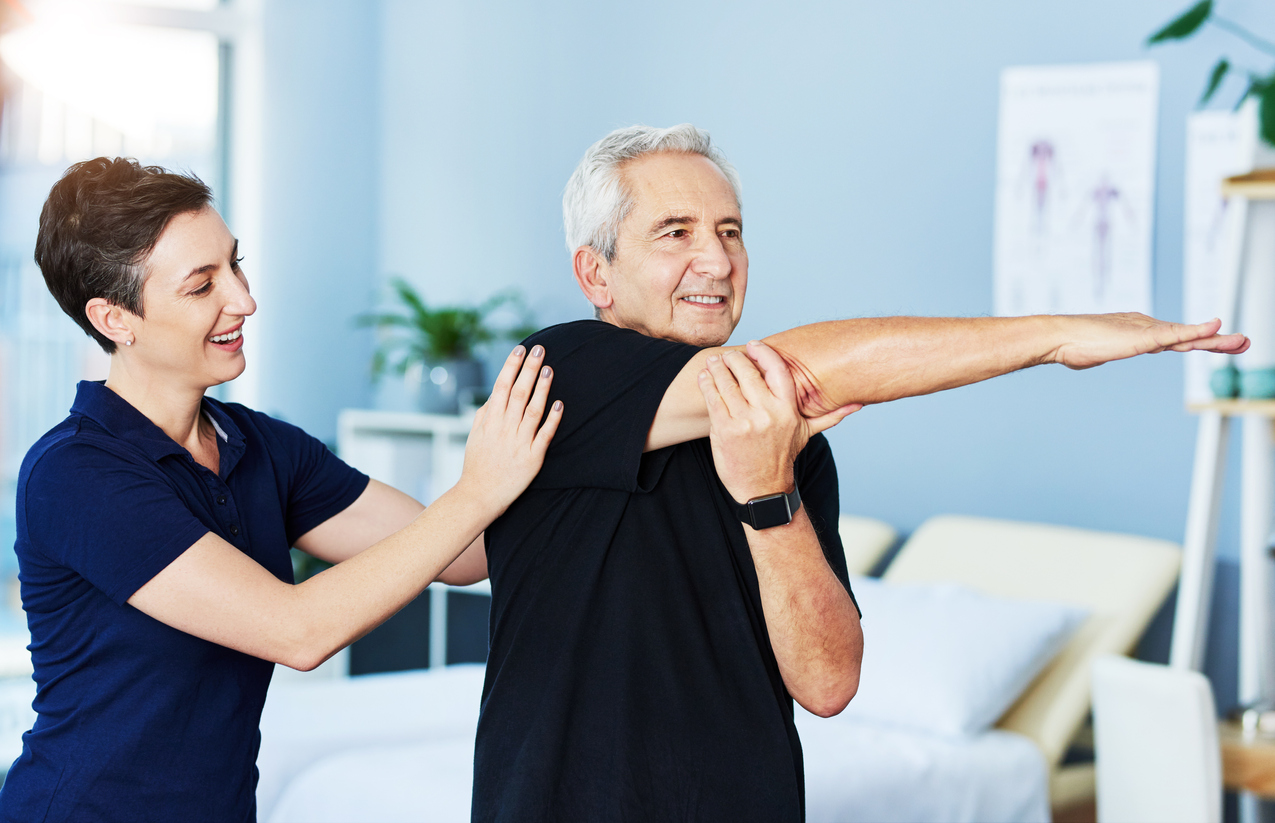Address Key Challenges in Walking Rehabilitation
BTE systems are designed to help clinicians overcome common obstacles in walking rehabilitation by providing objective data and engaging experiences.
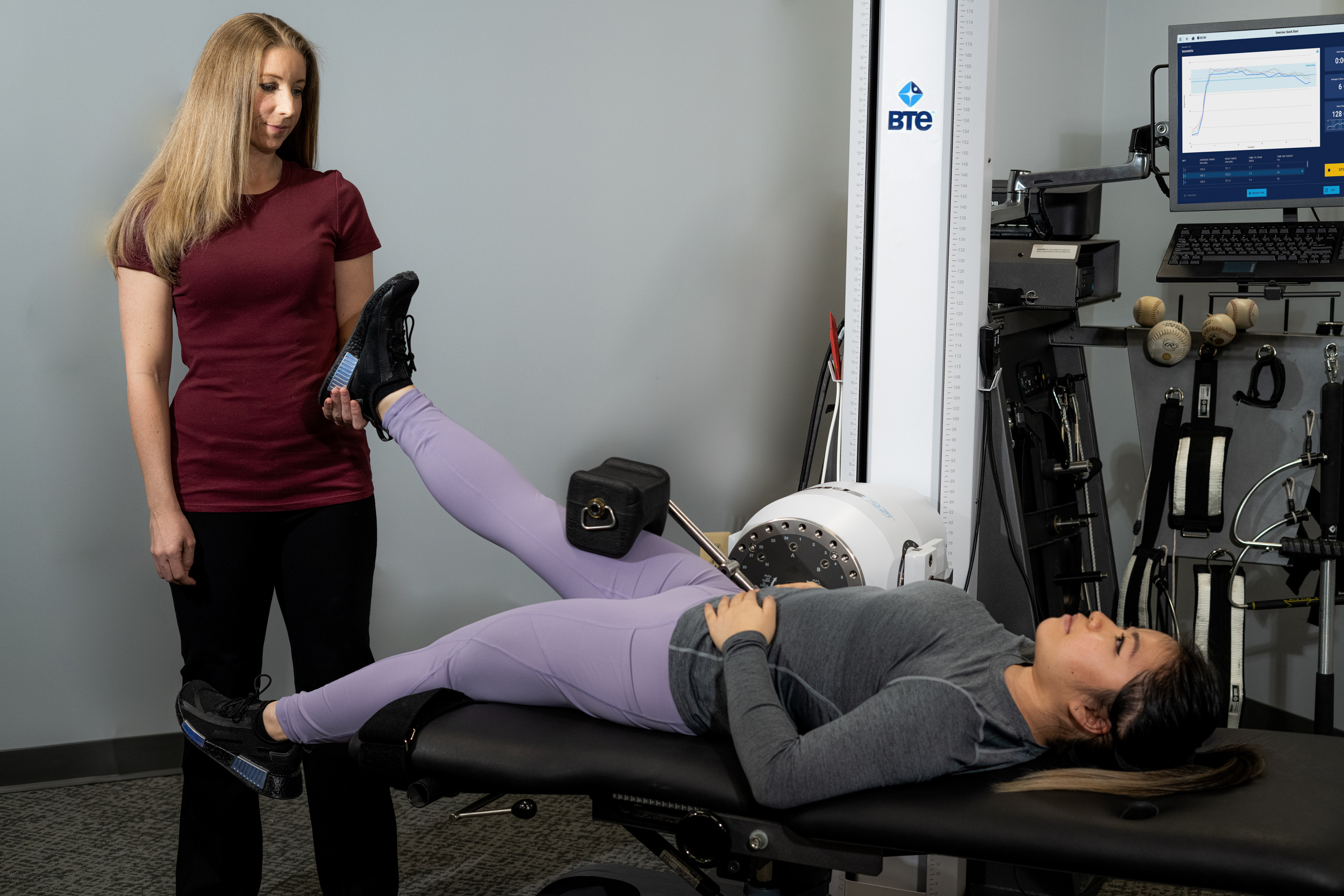
Move Beyond Subjective Observation: Our systems provide quantified strength, range of motion, and balance data to help clinicians objectively track walking progress and support clinical decisions.
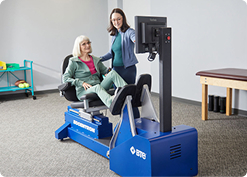
Sustain Patient Motivation: Interactive, game-like interfaces help clinicians boost patient engagement and adherence during programs that require repetitive exercise.
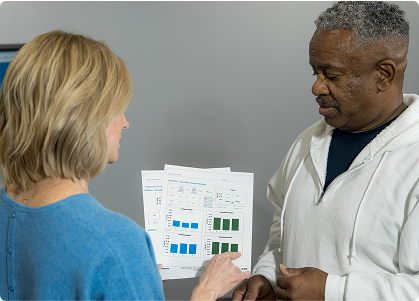
Refine Program Planning: BTE equipment offers controlled, progressive resistance protocols that allow clinicians to create structured, repeatable therapy sessions. We also provide balance equipment to aid in improving patients’ equilibrium and stability control, whether caused by musculoskeletal or neurological impairment.

Streamline Insurance Justification: Session summaries with objective data assist clinicians with documentation for medical necessity and payer approvals, and progress reports demonstrate the efficacy of your treatment in making a difference over time.
Features of Our Walking Rehab Machines
Objective Analytics to Support Data-Driven Care
Clinical-grade sensors in PrimusRS, Eccentron, and Alfa capture repeatable strength, balance, and range-of-motion metrics, so you can objectively track progress, refine walking rehabilitation plans, and clearly document treatment.
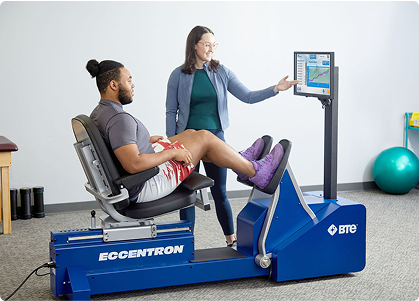
Game-Based Feedback That Keeps Patients Engaged
Interactive, real-time challenges turn repetitive walking drills into motivating tasks with PrimusRS and Eccentron, supporting clinician efforts to boost patient adherence and effort for functional gains. And dedicated balance training with Alfa as part of your treatment plans helps your patients build stability and control for walking.
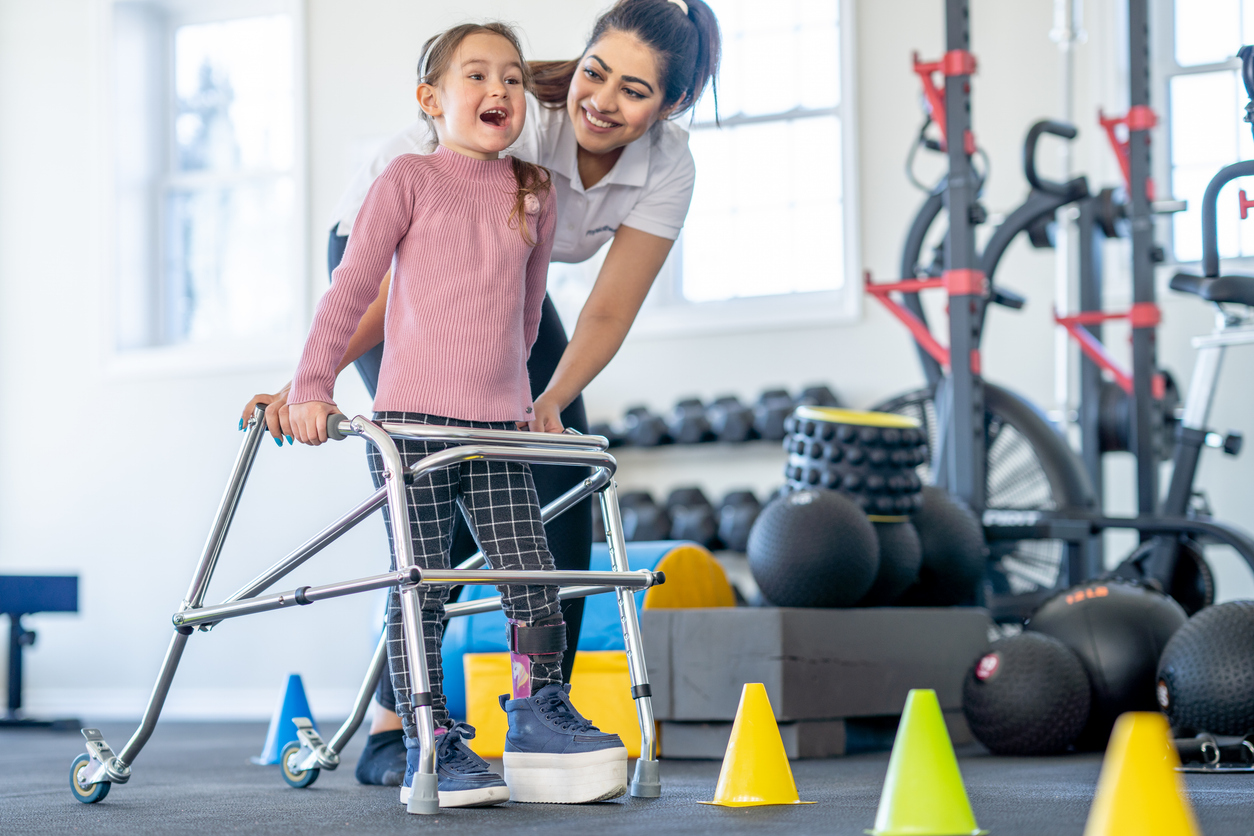
Precision Loading with Integrated Reporting
Eccentron’s controlled eccentric resistance and PrimusRS’s task simulations let clinicians prescribe specific workloads at every recovery stage. Automated session summaries package quantifiable outcomes to assist with streamlined documentation.

BTE Benefits
Objective, Quantified Data
PrimusRS, Eccentron, and Alfa record repeatable metrics to help clinicians demonstrate progress and guide data-driven walking rehabilitation plans.
Interactive Patient Engagement
Game-like interfaces and real-time feedback support clinician efforts to sustain patient motivation and adherence.
Progressive, Controlled Loading
Eccentron’s eccentric resistance and PrimusRS task simulation enable clinicians to adjust load and difficulty precisely, optimizing rehabilitation across recovery stages.
Immersive balance training
Whether your patient is suffering from an orthopedic injury or a neurological condition, Alfa allows you to provide gamified balance rehab, a critical component for effective walking.
Streamlined Documentation
Automated session summaries compile quantifiable outcomes that assist clinicians in substantiating medical necessity.
Versatile Rehabilitation Systems
The BTE lineup equips clinicians with unified systems—for lower-limb power (Eccentron), full-body functional training (PrimusRS), and balance (Alfa)—to address diverse rehabilitation objectives.
Workflow-Friendly Design
Intuitive interfaces and customizable protocols empower clinicians to integrate each system seamlessly into their clinical routines.

Case Studies
Eccentrics Case Study – Momentum Sports Medicine & Wellness
Marla Tappy's unique approach for creating a cash-pay clinic removes the frustration of insurance billing. She keeps her clients happy with the clinically superior results and engaging experience of the Eccentron.
Learn MoreHow can we help you today?
Interested? Get in touch.
Get in touch with our expert client assistance team to learn more about our products.
FAQs
-
Which system is best for walking rehab?
Eccentron is lower extremity only, therefore most focused on walking, and PrimusRSprovides complementary support for balance, strength, and functional training that are critical to gait. Alfa provides a balance-focused rehab experience. -
Can these systems support both orthopedic and neurological patients?
Yes. Clinicians can use Eccentron, PrimusRS, and Alfafor orthopedic and post-surgery patients Each of these systems also addresses neurological and balance-related gait issues. Research shows eccentric resistance training can be particularly effective for improving walking speed after a stroke. -
How does Eccentron assist in walking recovery compared to traditional therapy?
It provides higher loading capacity with lower oxygen demand, enabling clinicians to help patients build strength for walking in a controlled and progressive manner. -
Do these systems provide objective data for insurance documentation?
Yes. PrimusRS, Eccentron, and Alfa all deliver quantified progress reports that clinicians can use for justification and re-evaluations. -
How do patients stay motivated during long walking rehab programs?
Interactive experiences including gaming visual progress tracking, and functional task simulations help keep patients engaged.
